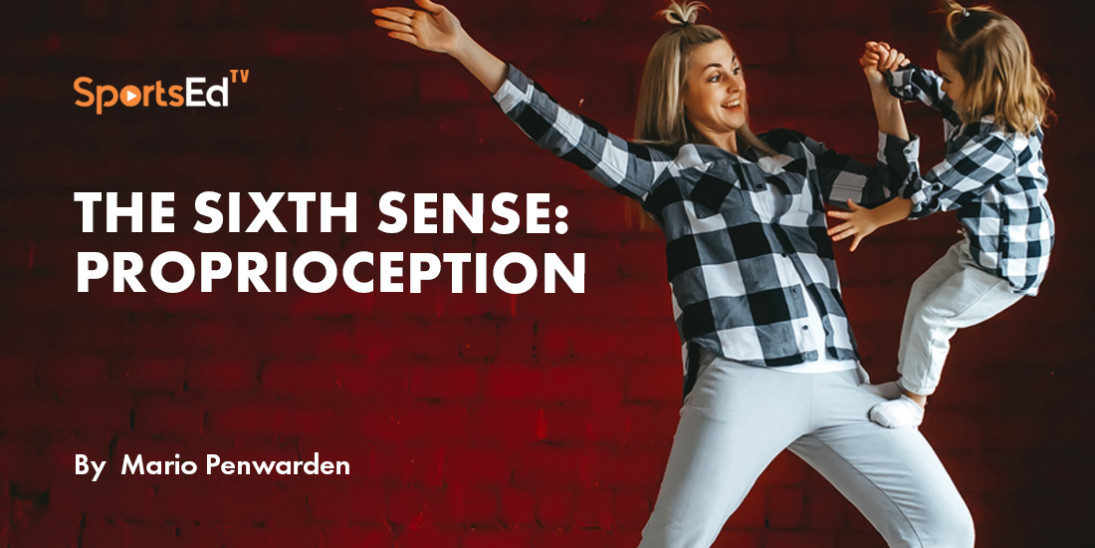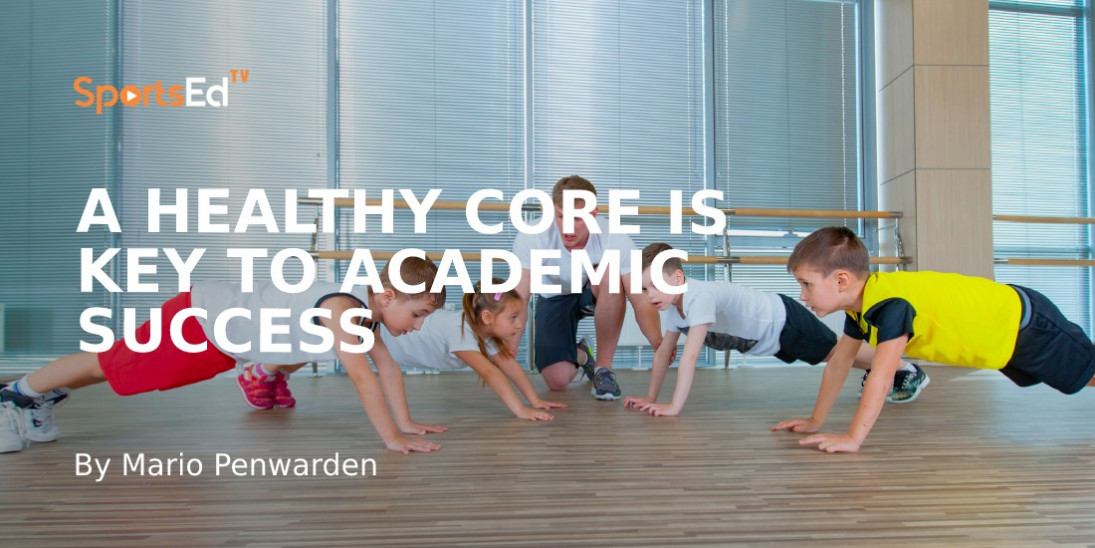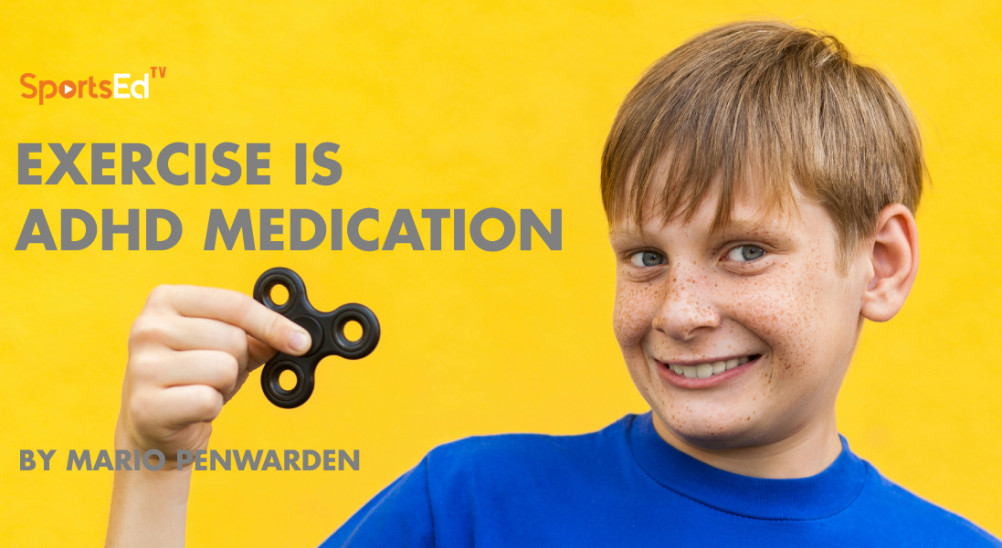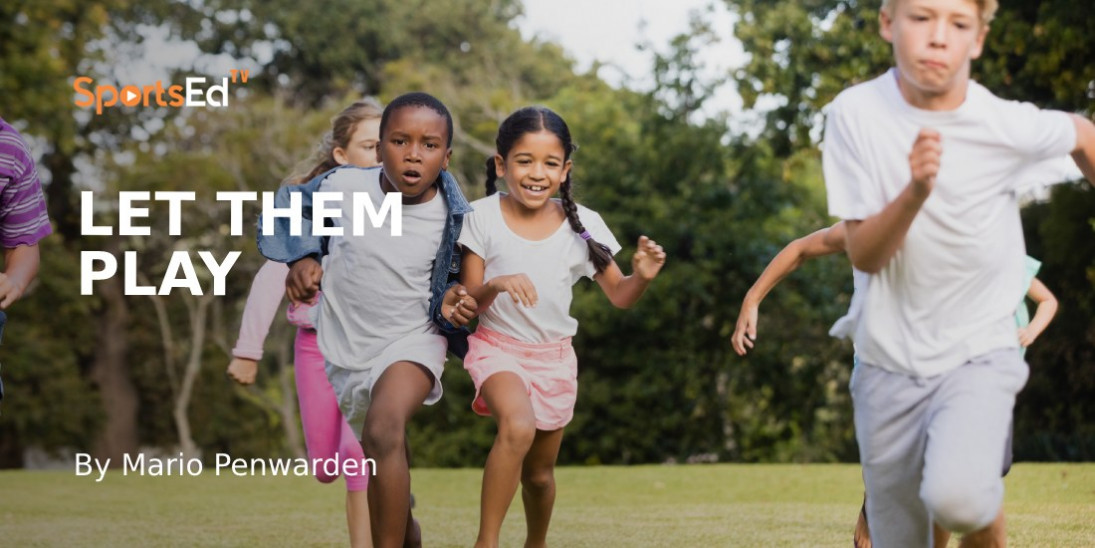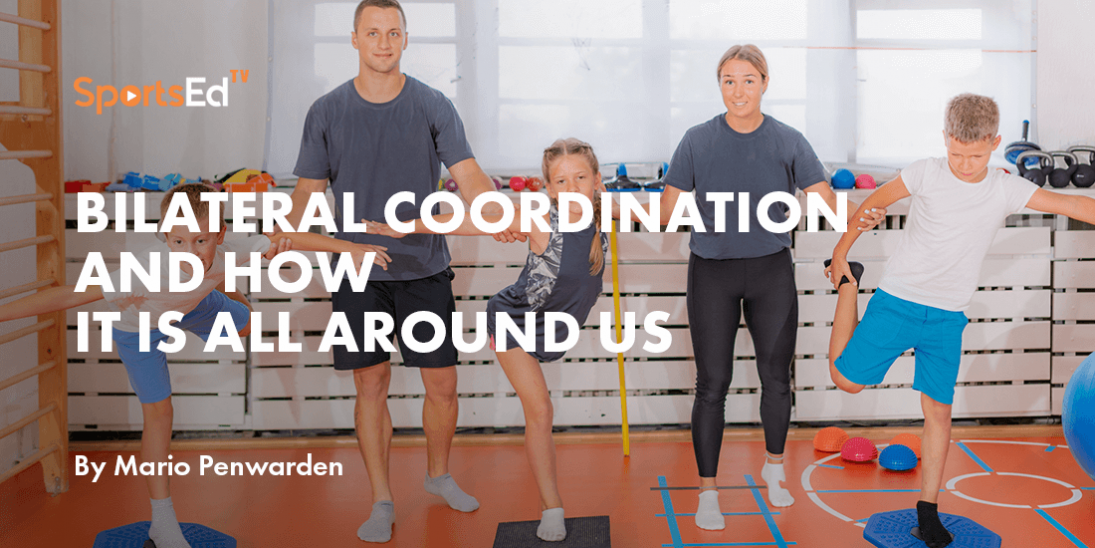Health, Physical Education
Welcome and thanks for visiting...

Why Physical Education Is Key to a Long and Healthy Life.
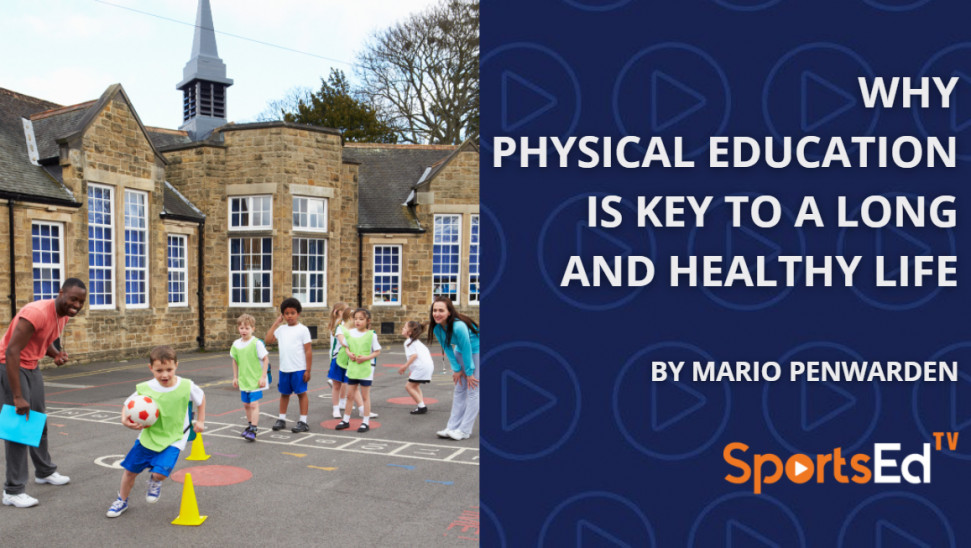
Physical education often gets overlooked when compared to other, more academic based subjects, when in fact it is the only subject to truly engage the child’s body, mind and spirit. If offers a holistic learning experience which promotes not only physical health, contributes to the individual’s holistic well-being.
One of the biggest challenges we are currently facing is that we are seeing a massive decline in activity as children move into the teenage phase, with only 1 in 5 teenagers meeting the international guideline for daily moderate to vigorous physical activity for children, aged 6-17 years, which is a minimum of 60 minutes every day. The continued drop in activity levels as children grow older is alarming as it also has an adverse effect on their sport participation and healthy lifestyle practices as they grow into adulthood. Below is a diagram from a study that was conducted in OECD countries from 2009 to2010. Although this study can be seen as outdated, it indicates the alarming pattern of decline that can still be seen today.
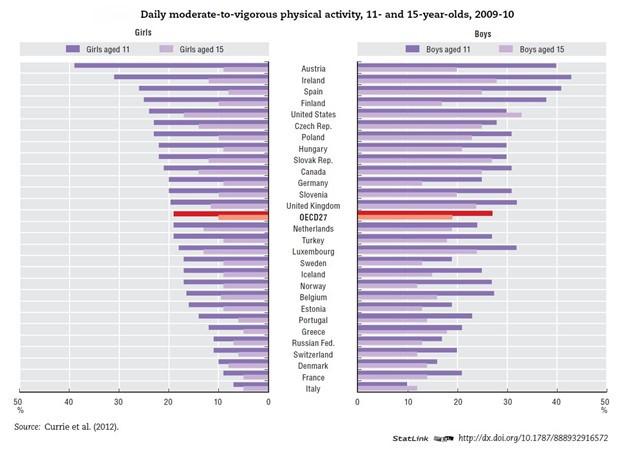
The data above also underlines the current obesity crisis that the world is facing. It can also be said that a correlation between obesity and inactivity exists. Technology is a dominant factor in today’s lifestyle and one of the reasons why children are becoming more inactive than ever before. Easy access to low cost fast foods coupled with a more sedentary lifestyle is causing obesity levels to soar, as well as the health implications which are associated with it. According to a study published by the American Academy of Pediatrics in 2018, the obesity rate increased in all age groups among children ages 2-19 years. This generally increased with age, with 41.5% of teens being obese by the age of 16 to 19 years old. Another study in 2018 also researched 7822 children at the age of over 3 years and also founded the rate of inactivity concerning as 50% of the children was found to be insufficiently active and 5% reported no physical activity. Lastly, a more recent study in 2020, performed by the American Heart Association, found that 60% of American children had inadequate levels of cardio-respiratory fitness.
In order to address this issue one has to start looking at what happens earlier in an individual’s life in terms of proper physical education. This window of opportunity is important, not only to provide an opportunity to be active, but to maximise this opportunity by offering a structured and specialised program from a very young age. This becomes particularly important at the foundation phase level when children are developing at the highest rate. Children as young as 2 years old can start participating in a structured physical development program with great success. Early physical development becomes particularly important as this can provide an opportunity to stimulate four essential areas of development namely physical, motor, sensory and perceptual development all during a single session. Programs therefore need to offer more than a ‘being active’ opportunity. Emphasis needs to be placed on developing the child holistically and systematically to ensure that the foundation of movement is laid properly. When children are consistently exposed to physical activity in a fun yet structured way, it forms healthy habits which will be taken into their adulthood. According to the Physical Activity Council of America, children who have physical education in school are twice as likely to be active outside of the physical education class and become active adults.
Regular physical education classes mean children can access the myriad of benefits exercise provides as well as the additional benefits physical education offers such as teaching resilience, persistence, positive and critical thinking. It also offers educational benefits such as enhanced concentration, attention and classroom behaviour. It teaches kids about a healthy lifestyle and also improves mental health. Being active, fit and able to compete in multiple sports will increase long term sport participation which will improve personal and social skills, health skills and build leadership and teach teamwork. All of which is vital in becoming well balanced adults, who are not only healthy but are also equipped to deal with everyday life and the challenges which come with it.
Physical education can offer all of this neatly packaged in one program. It is time to start placing emphasis on the physical well-being of the next generation as it plays an enormous role in their holistic well-being. As John F. Kennedy once said, “Physical Fitness is the basis for all other forms of excellence.”

